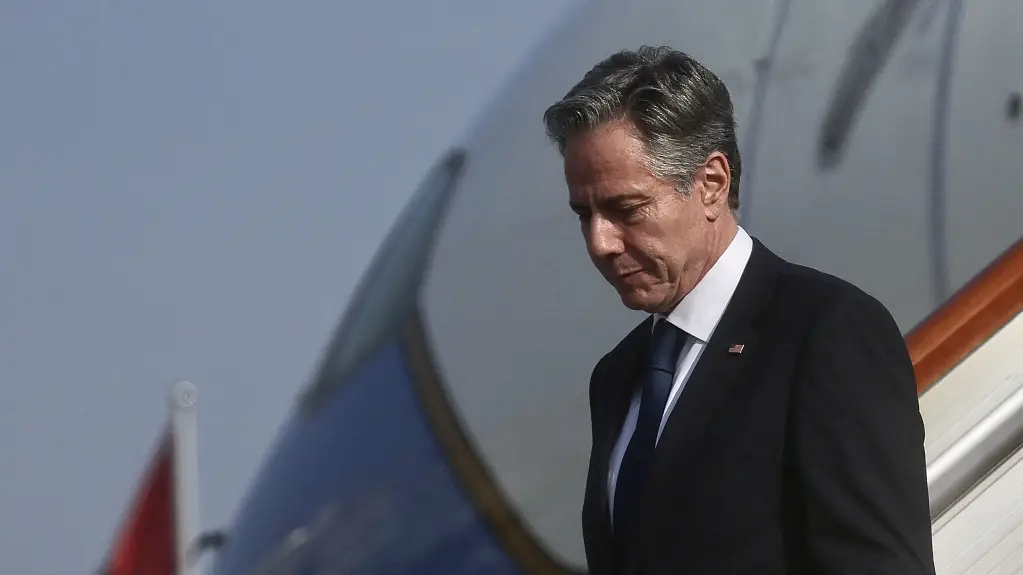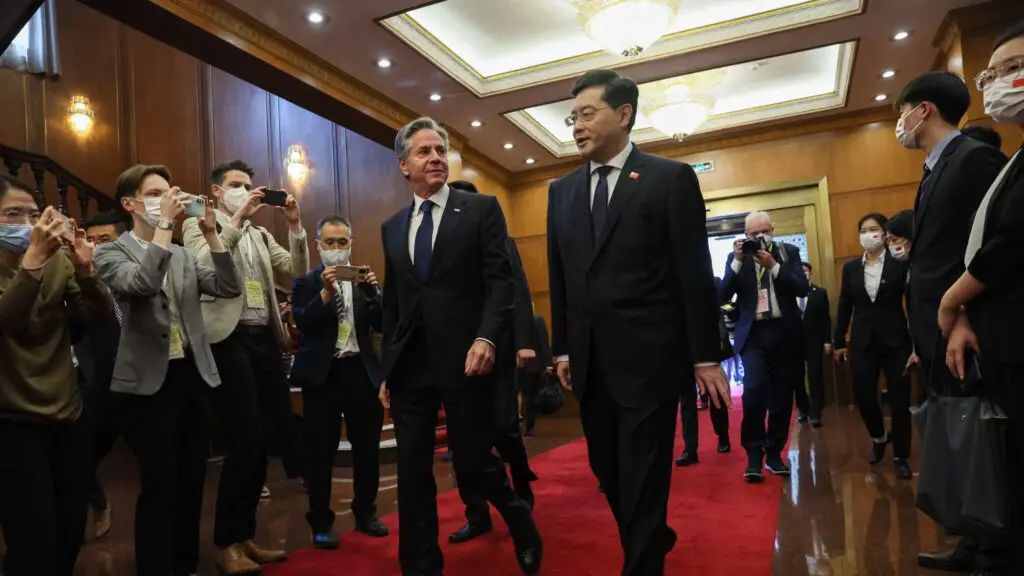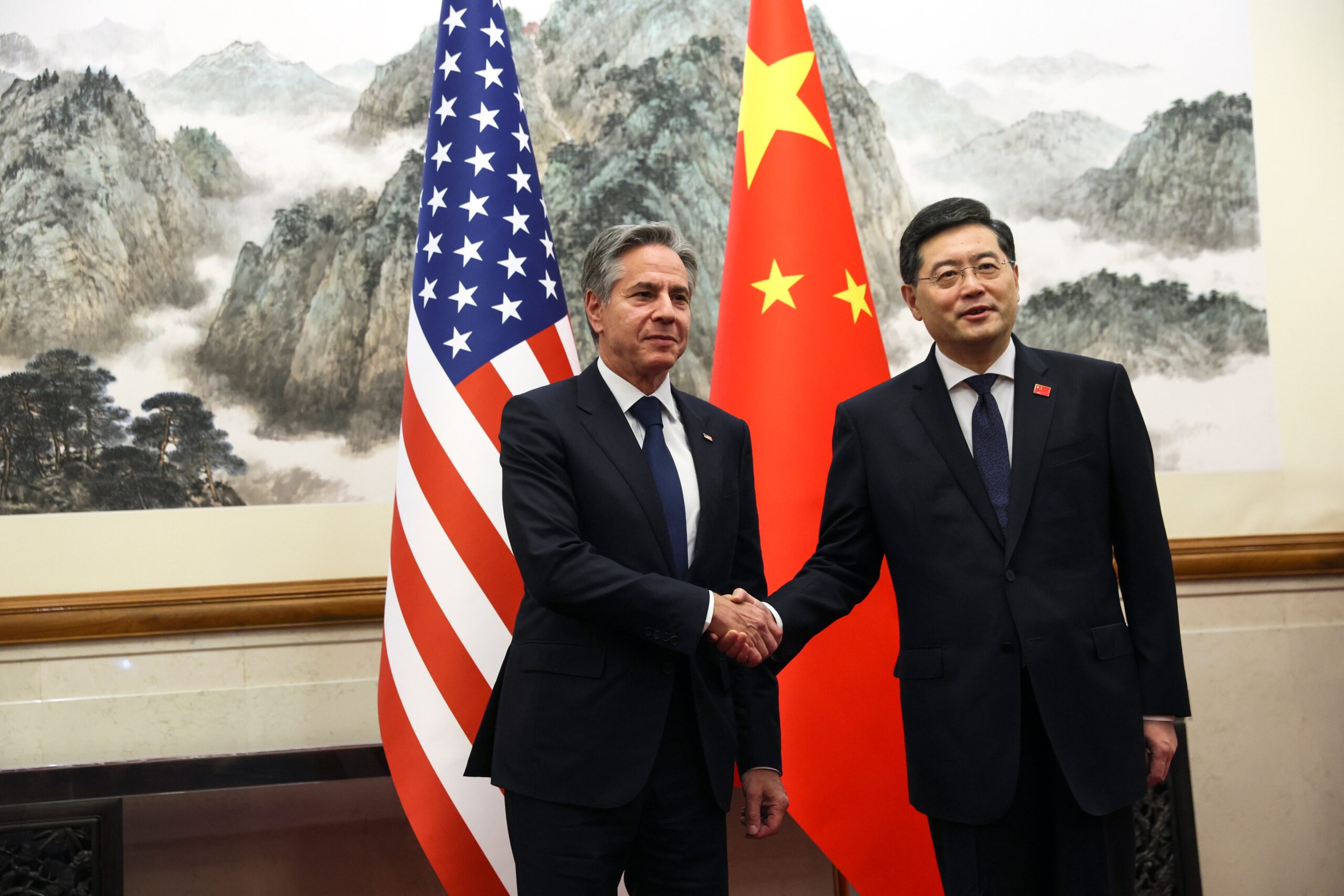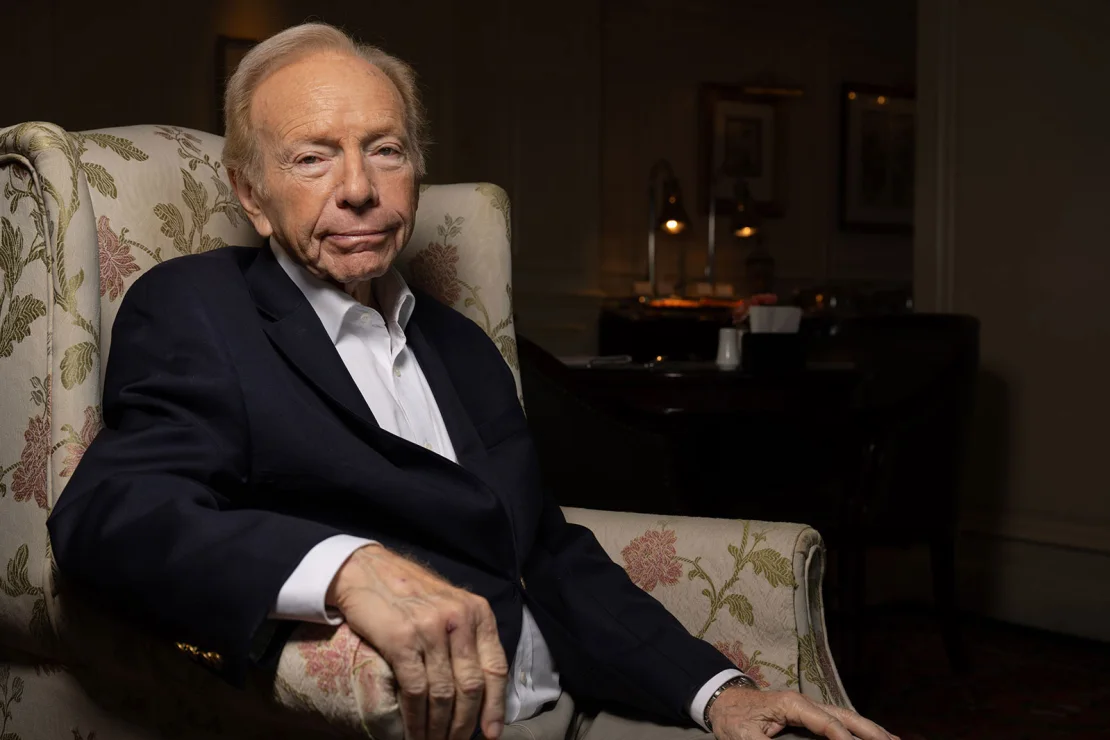U.S. Secretary of State Antony Blinken’s recent visit to China has brought to the forefront the intricate dance of diplomacy between two global giants. His arrival in Beijing on April 23, 2024, was met with a notable absence of traditional protocol, indicating a shift in the dynamics of U.S.-China relations. Despite the lack of formalities, Blinken’s meetings with Chinese officials underscored the importance of clear communication to prevent misunderstandings and miscalculations in their complex relationship.
The Unconventional Welcome: Blinken’s arrival in China was marked by an unconventional reception. Instead of the customary red carpet and official greeting, he was met by Mr. Chen Jining, Shanghai Party Committee Chairman and Politburo member, along with a group of CIA operatives and U.S. Secret Service agents. This departure from traditional protocol reflects China’s willingness to assert its displeasure and signal a shift in the dynamics of diplomatic interactions.
Emphasis on Communication: During his visit, Blinken emphasized the necessity of face-to-face diplomacy, highlighting the need for both countries to be transparent about their differences. He stressed the importance of avoiding misunderstandings and miscalculations, particularly in areas such as technology, economics, and politics, where tensions between the two countries have been high.

Signs of Stabilization: Despite the challenges, Blinken noted signs of stabilization in the relationship, citing increased dialogue and cooperation. However, Chinese Foreign Minister Wang Yi cautioned that there are “negative factors” at play, suggesting that certain actions are encroaching on China’s core interests. He urged the U.S. to respect China’s red lines, emphasizing the importance of mutual respect in bilateral relations.
Ongoing Tensions and Concerns: Tensions between the U.S. and China have been ongoing, with issues ranging from trade disputes to accusations of espionage. The U.S. has also raised concerns about China’s support for Russia’s military activities, particularly in Ukraine. Blinken’s visit aimed to address these concerns and pave the way for constructive dialogue.

Conclusion: Antony Blinken’s visit to China highlights the complexities of U.S.-China relations and the importance of clear communication in managing differences. While challenges remain, both countries are seeking to cooperate on mutual interests while addressing their differences through constructive dialogue and engagement.


